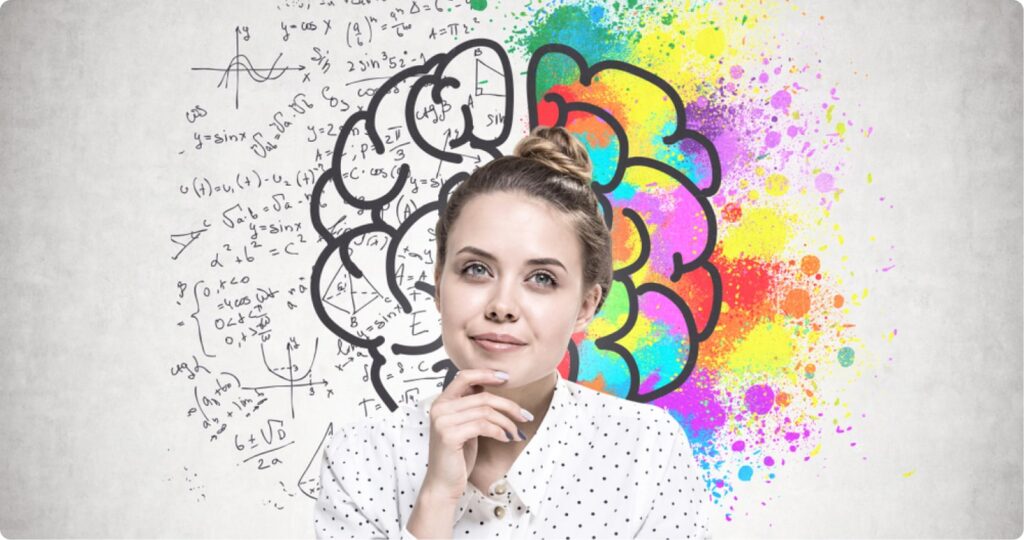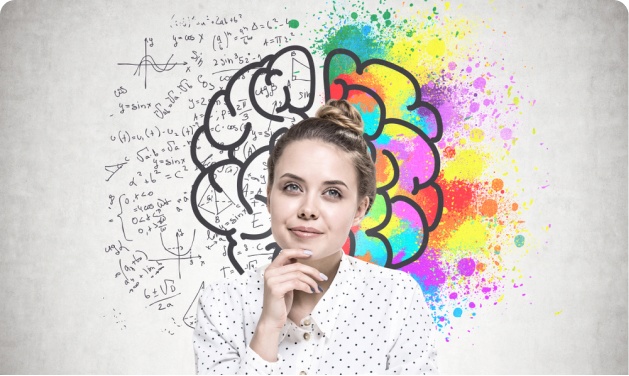
Ever feel that your personality and your workplace don’t mesh well? Have you ever felt unproductive at one of your offices? The office colors might have been the offender. That is the advice of a professional who offers employers surroundings with various colors to boost their productivity.
More than we think, color significantly impacts how we live. Effective color utilization in a workspace can improve your mood, health, and productivity. According to studies, color psychology can enhance staff productivity, job satisfaction, and how clients, visitors, and consumers view your company.
Before moving on to the highlights, let’s first look at what color psychology is in workplace décor.
What is Color Psychology?
The psychological impact of color on our feelings and perceptions is significant. Because of this, a person’s preferred colors can reveal a lot about their personality.
The principles of color psychology include the following:
- Each color denotes something particular.
- Color-motivated behavior results from the evaluation that is triggered by color perception.
- Context can influence a color’s impact and meaning.
- Both acquired and biologically intrinsic definitions exist.
- Colors frequently have an automatic effect on people.
Color psychology is so potent that it can physically impact us. Specific colors have been shown to raise blood pressure and speed up metabolism. Effective color use in the workplace works in tandem with sound ergonomics to promote harmony and productivity.
Best Colors For Workplaces
Because of its effectiveness, color psychology is employed in many fields, including workspaces and interior design. This implies that you can use color to your advantage in your office. Benefit from setting the ambiance with the right colors that ultimately help achieve great productivity.
Here are the top colors based on the impact they can produce in the workplace.
Preferred Blue Hues For Relaxing
Light blue is a universal preference in fields like accounting, where workers should be productive and concentrate on repetitive tasks. This cerebral hue promotes clarity of cognition, eases mental stress, and calms the mind. Additionally, it fosters loyalty, assurance, and order. To avoid having a chilly and unwelcoming atmosphere, pair blue with neutral hues like white. Orange accents can add some feelings to maintain equilibrium in the workplace.
The blue color symbolizes depth and stability that stimulates our minds and is associated with feelings of tranquility, trust, confidence, intelligence, and loyalty. Implementing in the office space has a calming effect on employees and reduces stress.
The Background Way is Yellow Way
The yellow color inspires brand ideals with its soft glaring hues. It enhances the spacious white tones and natural light and helps create a pleasant, upbeat mood. The color is a cheerful color that may be utilized as an intense accent color when applied intensely or as a calming, all-purpose color when used mutedly. The best color combination for yellow’s positivity without being overbearing and producing anxiety is a lower intensity, buttery yellow or gentle golden hue.
Yellow is regarded as the memory color since it increases the attention span. This indicates that adding some yellow touches to learning spaces can improve employees’ memory. It stands to reason that new hires will retain more information if your wall is painted yellow. This results in increased productivity.
The Green Color Style
Green, another color in the family of cold hues, is calming. This color conveys peace, relaxation, and tranquility. It is also a calming color that doesn’t strain the eyes and promotes mental, physical, and emotional harmony, all supporting increased creativity in the workplace.
The green color is perfect in places where your staff is expected to work long hours. Green office color schemes should be used in spaces where people work, congregate to be creative, or relax.
Some of the best spaces to include green are:
- Personal desks
- Lounges
- Areas for employee leisure
The Green Color Style
Green, another color in the family of cold hues, is calming. This color conveys peace, relaxation, and tranquility. It is also a calming color that doesn’t strain the eyes and promotes mental, physical, and emotional harmony, all supporting increased creativity in the workplace.
The green color is perfect in places where your staff is expected to work long hours. Green office color schemes should be used in spaces where people work, congregate to be creative, or relax.
Some of the best spaces to include green are:
- Personal desks
- Lounges
- Areas for employee leisure
Reddish Lines For Productivity
Use red colors with yellow and orange hues throughout your office to create a comfortable atmosphere. Red is primarily recognized as the color most closely related to the human body. It is said to as the hue of love, emotion, and passion and raises your heart rate, blood flow, and appetite.
Color Psychology states, “Red is frequently associated with power and strength. Its color can assist arouse emotions and spur action, and it also fosters ambition and tenacity.”
Consider utilizing only subdued tones or sparingly as an accent color because red is a strong hue in furniture, desk accessories, and minimal wall decor. You can introduce the red color in the high activity area to ace up office activity.
Neutral Whites and Greys
Black, white, and grey are frequently considered to be the absence of actual colors. White has long been used to symbolize youth, purity, and freshness.
The white color symbolizes openness and goes well with all other colors. White is necessary to unify a room, achieve balance, or convey a sense of neutrality. Moving away from traditional closed and uninviting workplaces gives rooms the illusion that they are bigger and brighter.
Conclusion
The ambiance of your office room may be altered entirely by minor adjustments like adding a splash of color to your workspace. But regardless of whether you buy new furniture or repaint a few accent walls, consider the psychology behind the color selection. Your staff will perform better with more color psychology concepts you investigate and practice.At Relgrow, we enjoy investigating the significance of colors and how they may alter workplaces and implement the same for our clients.





